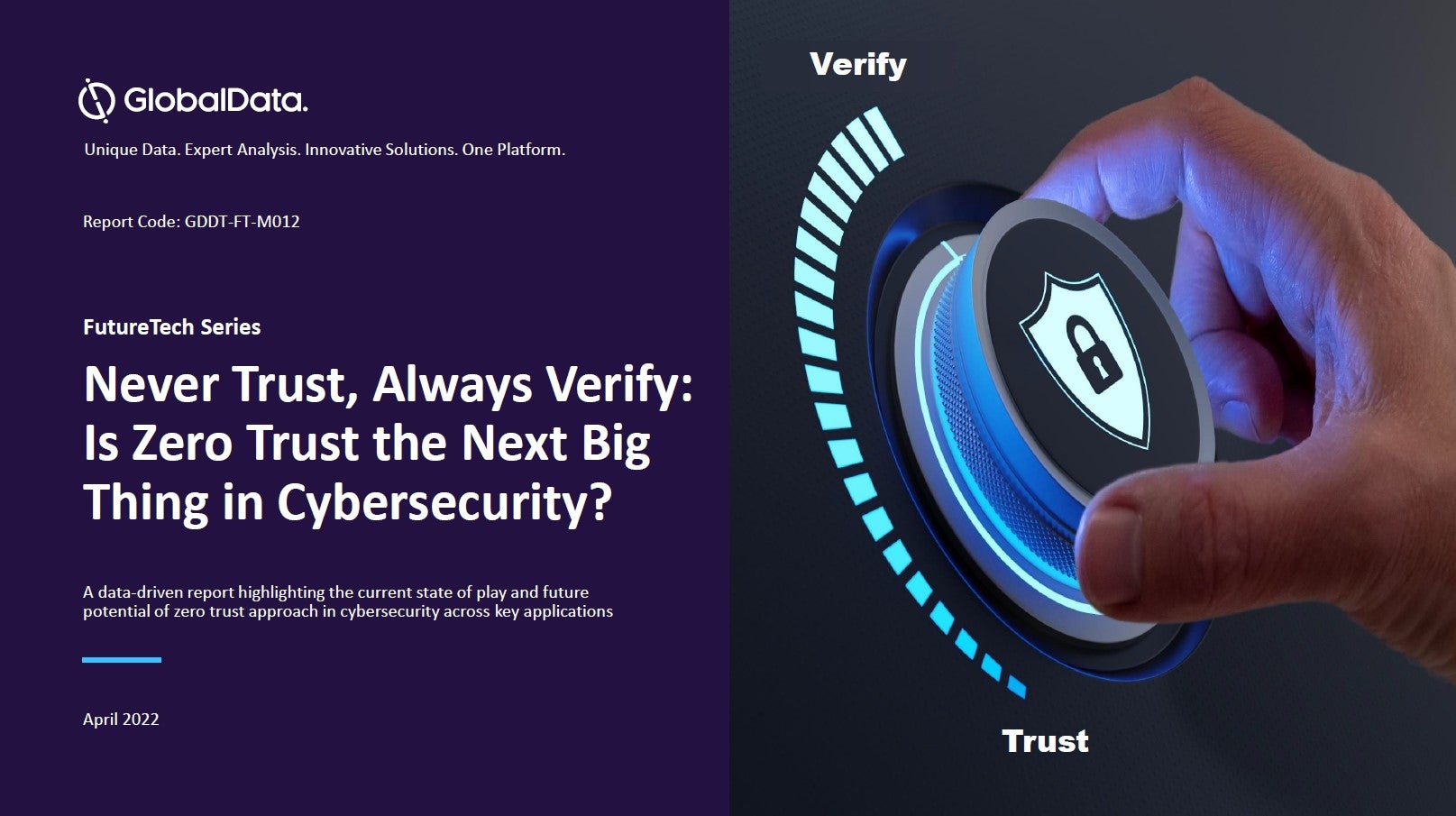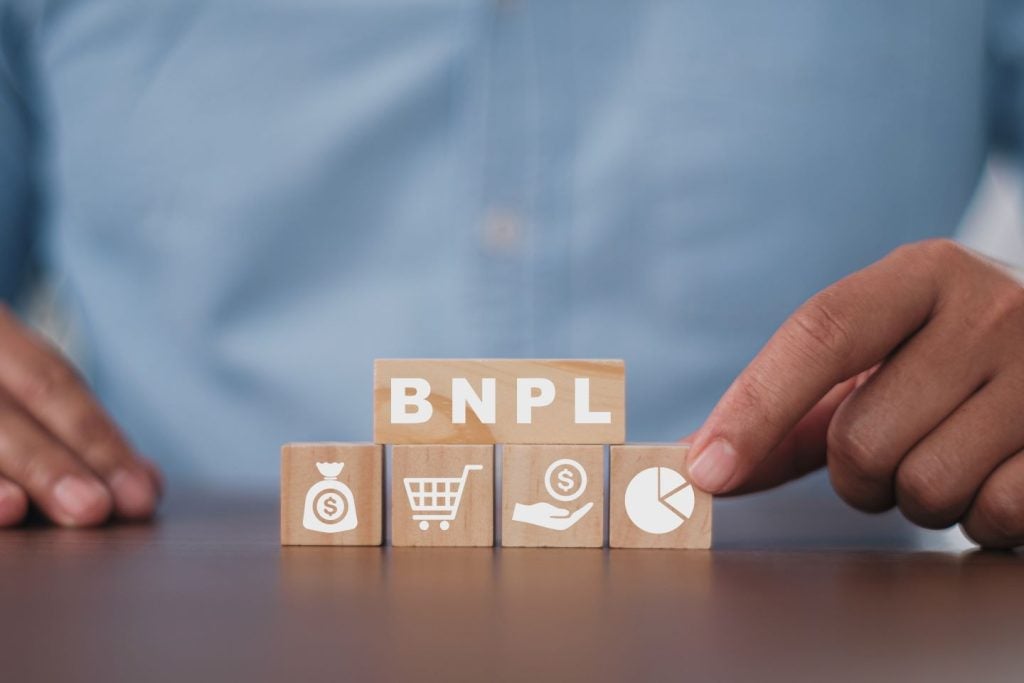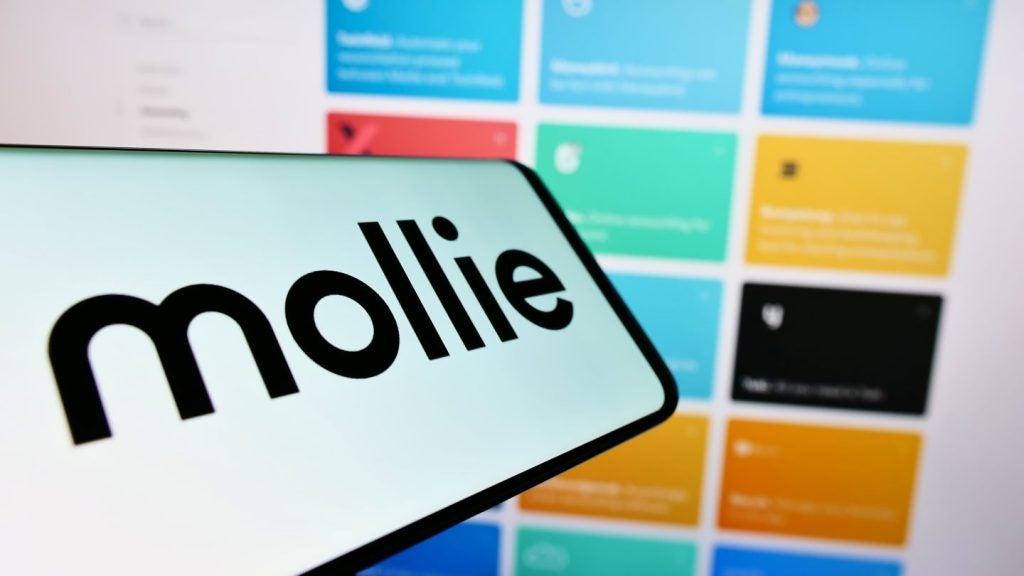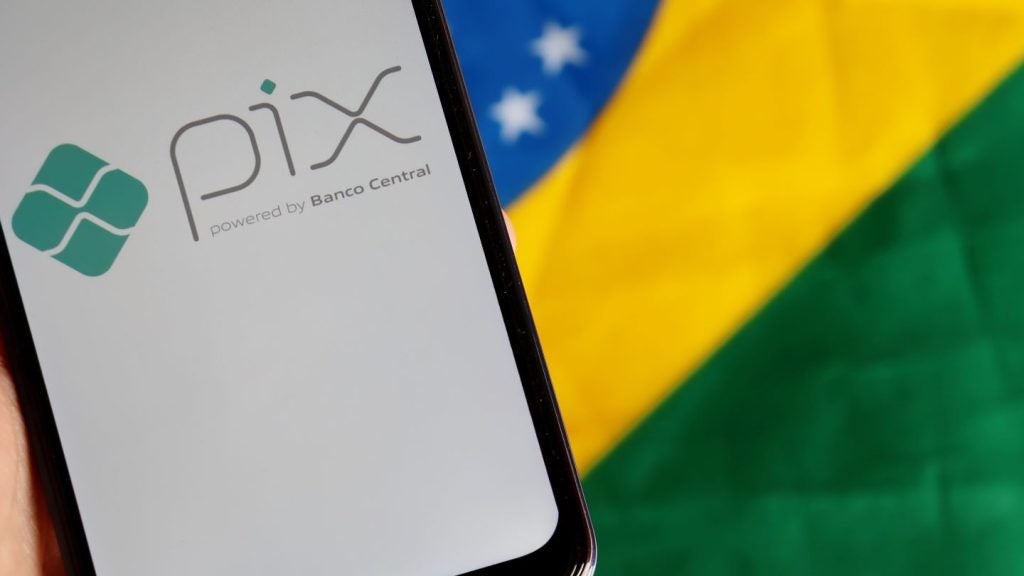Digital payment is still in its infancy. Andy Roe, Head of Product Management, International Banking and Payments, writes
Real-time payments are spreading. This year’s Flavors of Fast report from FIS found 54 countries with active real-time payment programs. That’s an increase of 35 percent year-over-year and a fourfold gain since 2014. What’s more growth in global card expenditure shows no sign of abating with double digit growth forecast to continue between now and 2023. (source RBR)
How well do you really know your competitors?
Access the most comprehensive Company Profiles on the market, powered by GlobalData. Save hours of research. Gain competitive edge.

Thank you!
Your download email will arrive shortly
Not ready to buy yet? Download a free sample
We are confident about the unique quality of our Company Profiles. However, we want you to make the most beneficial decision for your business, so we offer a free sample that you can download by submitting the below form
By GlobalDataWhile the growth in global payments is impressive, the digital payment revolution is still only just beginning. Next year more solutions will break through and reach the masses as more investment pours into the industry.
250 million vehicles will include embedded connectivity by the end of 2020. Forty-seven percent of US commuters use in-car connectivity to find a petrol station and order coffee and they use it an average of 65 times a year.
While the smart car lags the smart home, the automobile industry and financial institutions continue to integrate automobiles into the Internet of Things. This will allow consumers to pay directly via their cars for road tolls, car parking, petrol bills and even the drive-through order.
Consumer behaviour drives faster payments
Changing consumer behaviour will drive demand for invisible payments. Increasingly customers will use a mobile, wearable or another connected device for purchases to save time. The majority of merchants are inclined to offer a universal “buy” button, paving the way to universal acceptance of stored digital payments credentials to converge with invisible payments from an ‘intelligent’ switch.
Business too will start to derive real benefits from the globalisation of faster payments with real-time reconciliation of payments and more tight control of their money movement.
Machine learning
Payment Providers should also embrace “Fraud 2.0” where dynamic risk scoring models that self-learn from every transaction will predict new and previously unknown fraud.
New behavioural biometrics will recognise how a person usually swipes or holds a device. Sixty-five percent of banks say the use of machine learning is a top priority for preventing fraud. This is set to increase out of fear of losing customer trust.
Cloud computing is taking off, as payment providers look to improve speed to market with the latest innovations and cut processing costs, and improve flexibility and reach.
Next year will likely see augmented reality bridge AI and machine learning to human understanding bringing the high street to homes. Consumers can fully experience the goods and the brand without leaving their sofa. This is the new frontier. Investment in ‘Paymentech’ has never been higher with venture capitalists betting big on payment entrants in the $1.9 trillion industry.
The greater the industry consolidation and investment, the faster we will see new technologies mentioned above accelerate in adoption, value and volume.








